My Brother’s Keeper: Former Texans player continues fight for Sickle Cell awareness after twin’s death


“At the time, no one knew there were two of them,” Wendy Darling often shares. It wasn’t until her son Devard was born, with his hand gripping his brother Devaughn’s ankle, that the surprised woman learned she was the mother of identical twin boys.
The doctors explained to Wendy that the twins’ hearts must have been beating simultaneously or, in simpler terms, two hearts beating “As One.”
The bond of a twin sibling is one of the strongest connections that can be made. From the moment that you are conceived, you are blessed with a lifelong confidante, playmate, and someone with whom to share your life. The Darling twins were no exception.
On that day, in 1982, those two young hearts entered the world and set in motion a story of family, legacy, and a bond that could not be broken – not even in death.
From an early age, the twins showed great athleticism and, after moving to the city of Houston at the age of 12, were introduced to the game of football. They immediately fell in love. The twins excelled at the sport throughout high school and were eventually recruited by several Division I colleges, eventually settling on Florida State University.
“Our freshman season was all that was promised – exciting, tough, fun, tiring…amazing! We knew our dream of playing in the National Football League was not far away, but God had another plan for us,” said Devard.
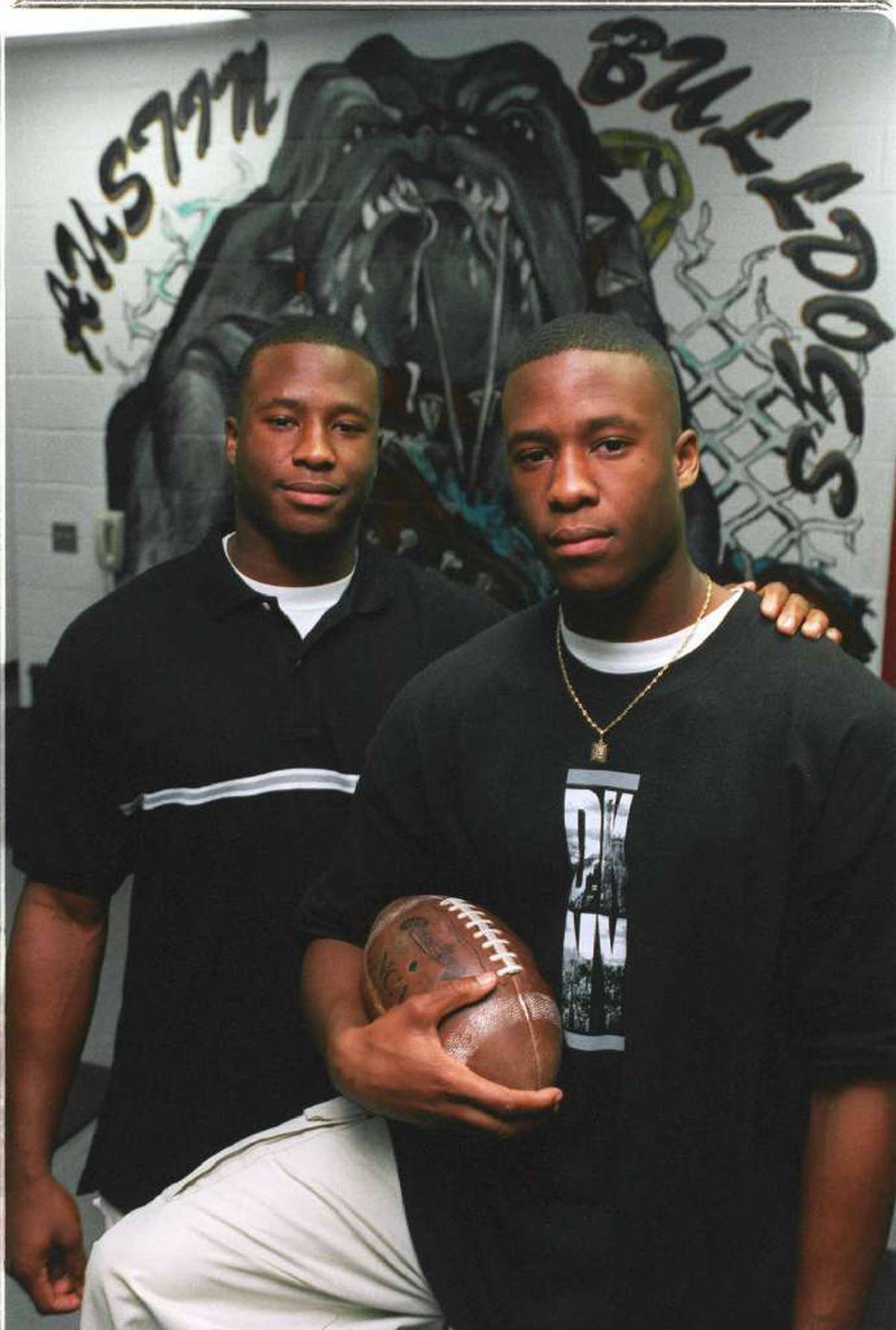
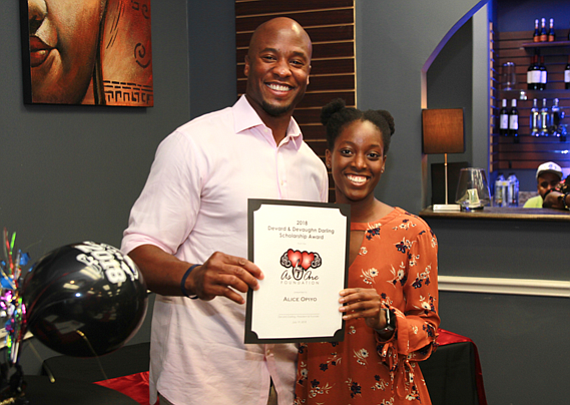

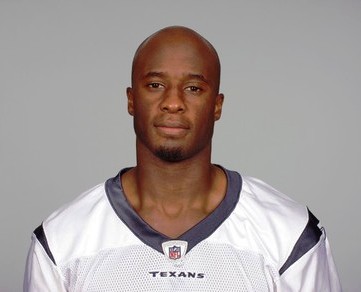


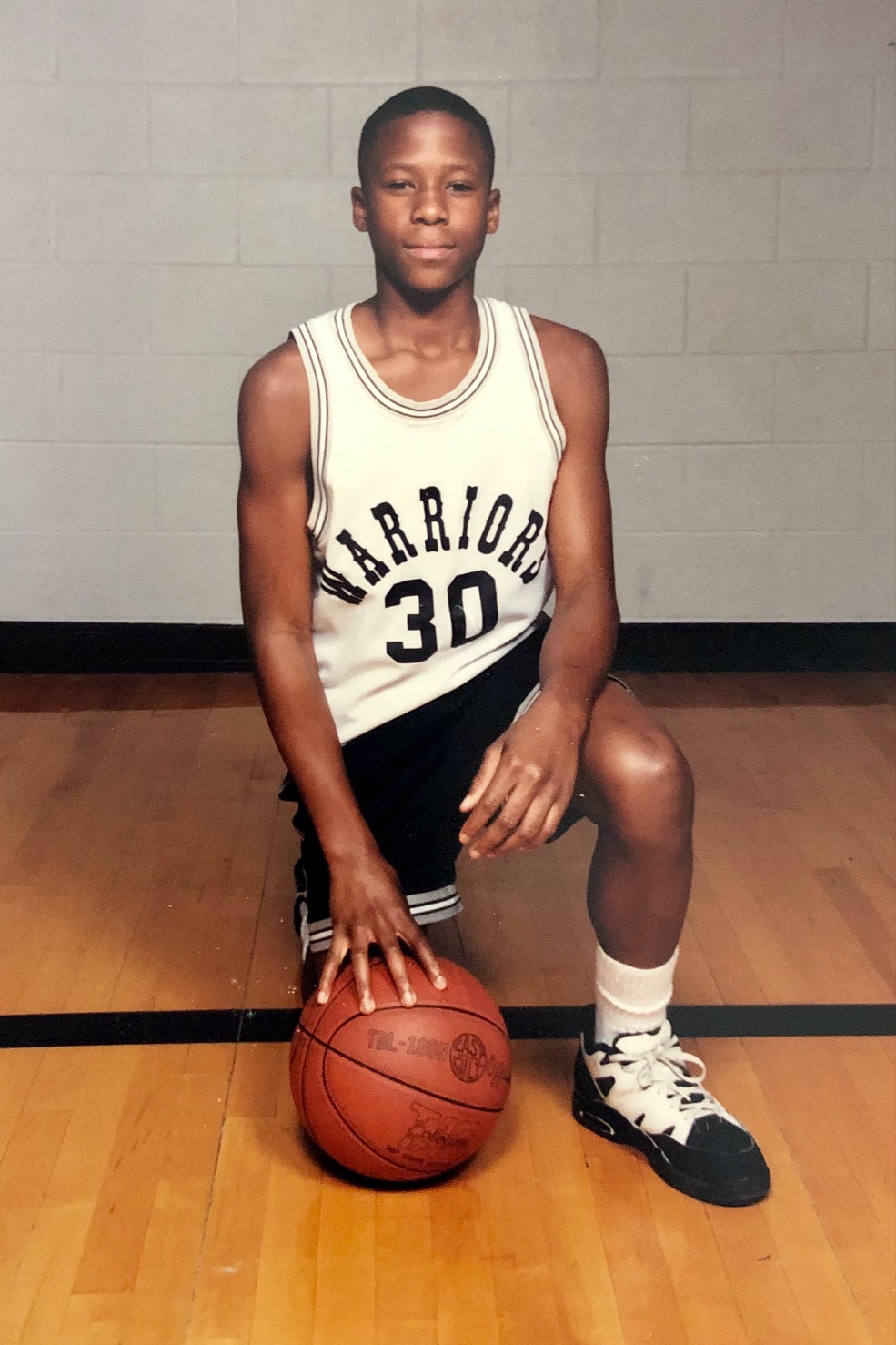
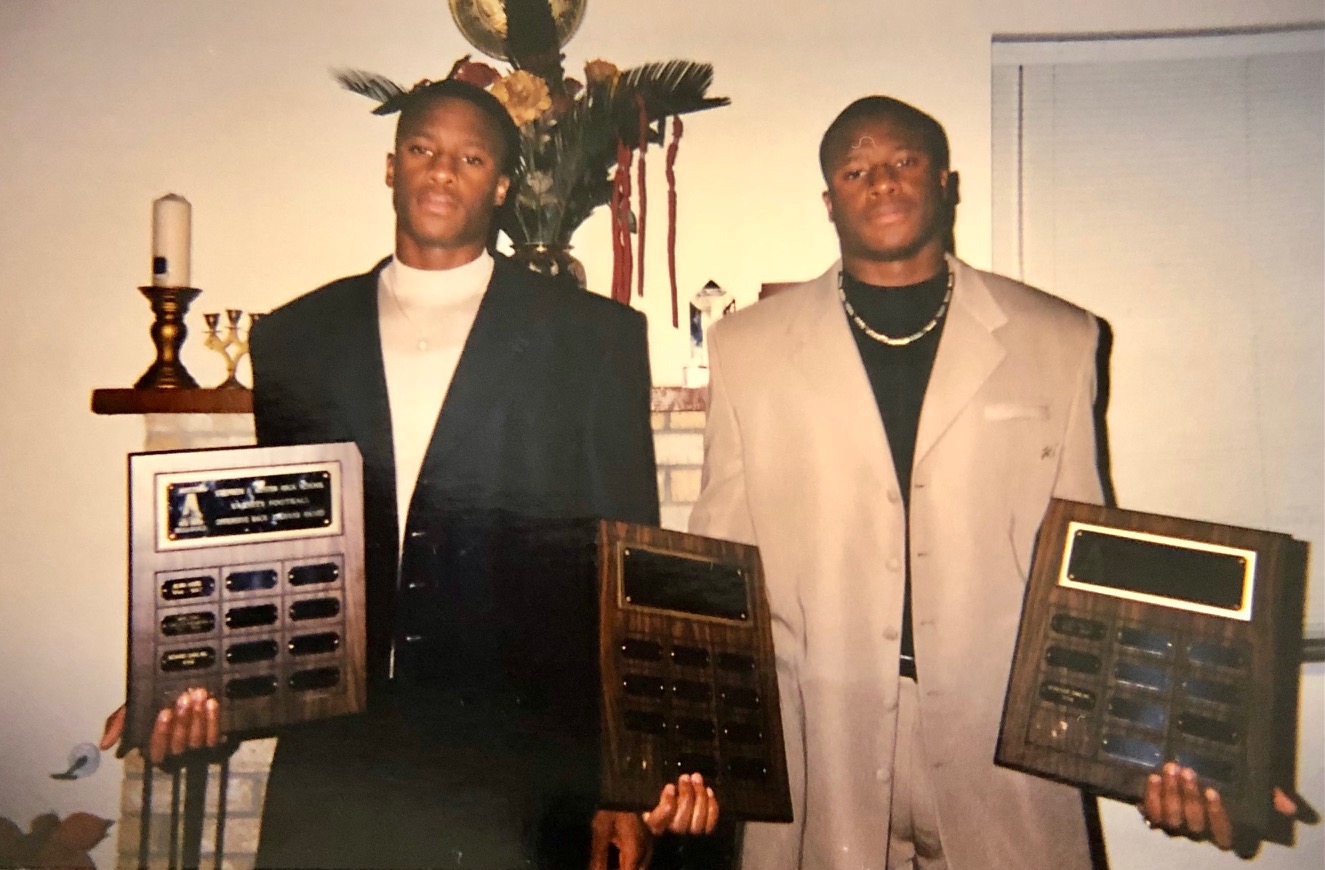
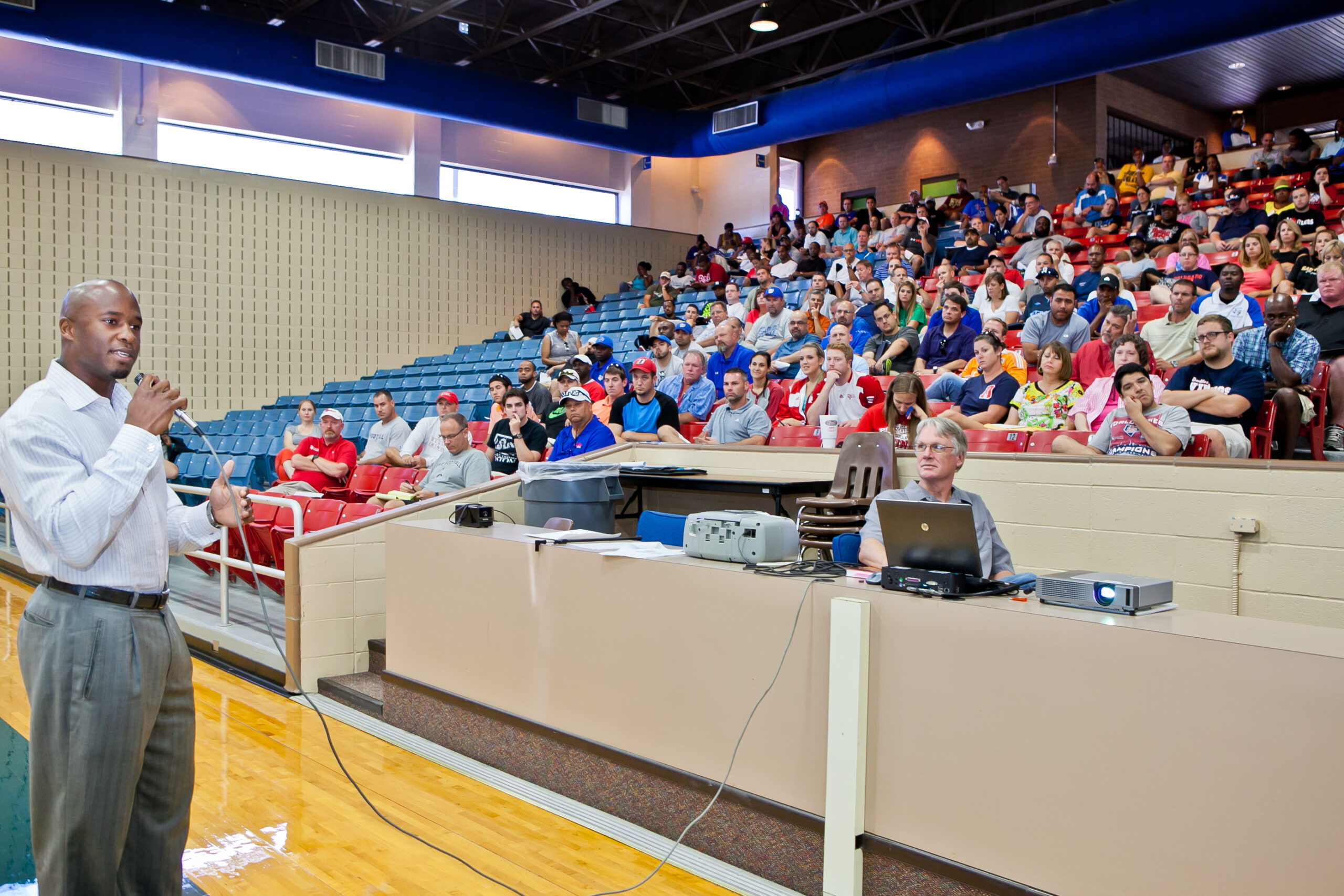



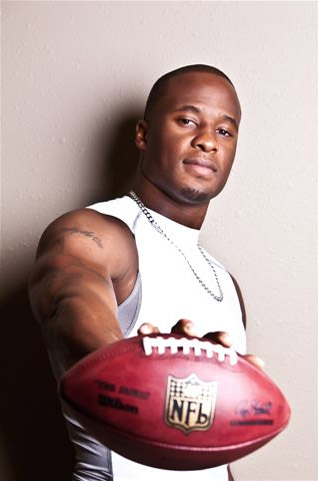


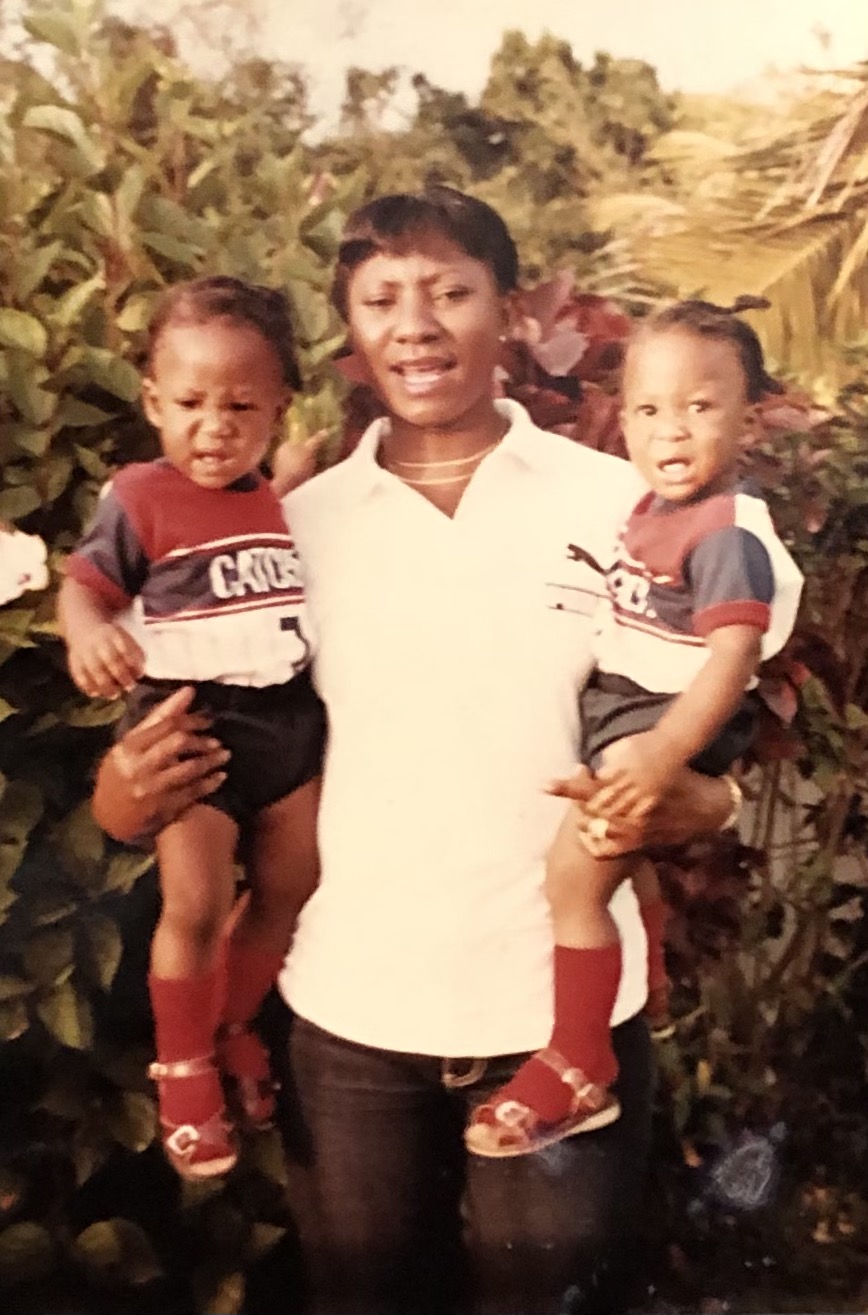
HEARTBREAK
On February 26, 2001, Devaughn was preparing for another upcoming football season at FSU, beginning spring practice as a starter and outside linebacker. Shortly after the last practice drill, Devaughn collapsed outside of the football complex.
“Coach Bobby Bowden was known for putting players through excruciating mat drills and hours of intense conditioning exercises centered around running,” said Devard. “My brother had complained of chest pains and was one of the last players to finish before he collapsed, and his breathing became irregular. The FSU trainers called an ambulance and rushed him to the hospital, but it was too late. He collapsed shortly after 7 p.m., and was pronounced dead around 8:30 p.m.”
An autopsy later revealed that Devaughn had died from overexertion. Further research revealed that the twins’ medical history of sickle cell trait was also a major factor. The twins learned of their condition during their physical at FSU.
“We were told that it was non-life threatening and there was no cause for alarm,” Devard explained.
To date, this logic is still highly debatable due to the lack of medical research, despite the fact that multiple students die from sickle cell exertion every year.
“I would say that sickle cell trait is one of the top killers of student-athletes,” said Devard.
These deaths have become so prevalent at the collegiate level that the NCAA has mandated sickle cell trait testing for all athletes.
[SCROLL BREAK!!! Bayou Beat News can also be found in PRINT at a store near you. Click the link below to check out our E-Edition!]
WHAT IS SICKLE CELL TRAIT?
Sickle cell trait is a descriptive term for a hereditary condition in which the individual has one normal gene for hemoglobin and one abnormal gene for hemoglobin. Hemoglobin is a protein in the red blood cells in your body responsible for oxygen transport. Approximately 99% of the oxygen transported in blood is bound to hemoglobin inside the red blood cells.
Sickle cell trait is generally a benign condition that does not develop or change over time. In general, it is a condition that does not affect the life span of the individual. As individuals with sickle cell trait get older, they may become unable to concentrate urine normally. This is not usually an issue for high school or college age athletes.
Sickle cell trait is not a barrier to exercise or participation in sport, however it can lead to serious conditions that can be fatal if not properly managed.
EXERTIONAL SICKLING
Exertional sickling is a potentially life-threatening condition resulting from the sickling of red blood cells during intense exercise. Sickling results in muscular ischemia and collapse, whereby the athlete may experience intense muscular pain, rhabdomyolysis, and other serious metabolic problems. Signs and symptoms of an exertional sickling event include intense pain, fatigue, feeling like you cannot continue exercising, muscle cramping and inability to catch your breath. Exertional sickling is a medical emergency and requires immediate treatment.
LAWSUIT
The Darling family sued FSU in October 2002. Their lawsuit claimed Devaughn was deprived of water and other fluids during conditioning drills. It also said the school failed to provide sufficient rest periods during the workouts, did not have adequate medical personnel or equipment available, and failed to recognize that the athlete was in distress.
In 2004, a judge approved a $2 million settlement between Florida State and the Darling family.
KEEPING HIS LEGACY ALIVE
Also in 2004, Devard was selected in the NFL Draft. He went on to play for the Baltimore Ravens and Kansas City Chiefs over the next five years. In 2011, he returned to H-Town, where he joined the Houston Texans, officially retiring the following year.
Devard established the “As One Foundation” in honor of his brother in 2006. The nonprofit organization focuses on community initiatives such as “Operation Hydration,” which works to raise awareness and educate high school and college coaches, players, and parents on the dangers of dehydration, sickle cell trait, and intense physical activity.
The organization also hosts an annual Darling Dash 10k race to raise funding for college scholarships, free sickle cell trait screenings, blood drives, and doctor symposiums.
“The As One Foundation is full circle to that moment when our mom found out that we were twins because our hearts had been beating as one,” said Devard. “Everything that I’ve done since Devaughn’s death has been to honor him and the dreams we had together. The As One Foundation is my way of keeping his legacy alive and helping other families in the process.”
